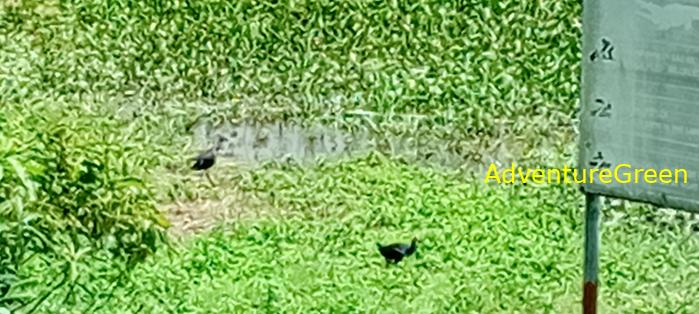Son Tay Holiday Weather today
Date/time of update: October 25, 2025, 2:57 am, Timezone: GMT+7
Overcast Clouds
Temperature: 23.64°C
Temperature feels like: 23.84°C
Minimum Temperature: 23.64°C
Maximum Temperature: 23.64°C
Atmospheric pressure: 1019hPa
Humidity:68%
Visibility: 10000m
Wind speed: 2.33m/sec
Wind Direction: 319 degrees
Cloudiness: 93%
Sunrise: 2025-10-24 10:57:14
Sunset: 2025-10-25 10:26:39
Ha Tay Province has its territory in both the Red River Delta and the mountainous area of North-West of Vietnam. Ha Tay is famous for its ancient villages and its century-old Buddhist pagodas. Nowadays, Ha Tay has been integrated into Hanoi, though we still refer to the area as Ha Tay as part of our love for the land of ancient untouched culture.
Brief History
AdventureGreen maintains a travel guide to Ha Tay Province separately from Hanoi because the process of integration and separation of provinces in Vietnam has taken place several times. And it is possible that Ha Tay will be an independent province again.
It is good to recall that Ha Tay had been an independent province in 1965-1975, part of Ha Son Binh Province (1975-1991), and becoming an independent province under the name Ha Tay in 1991-2008.
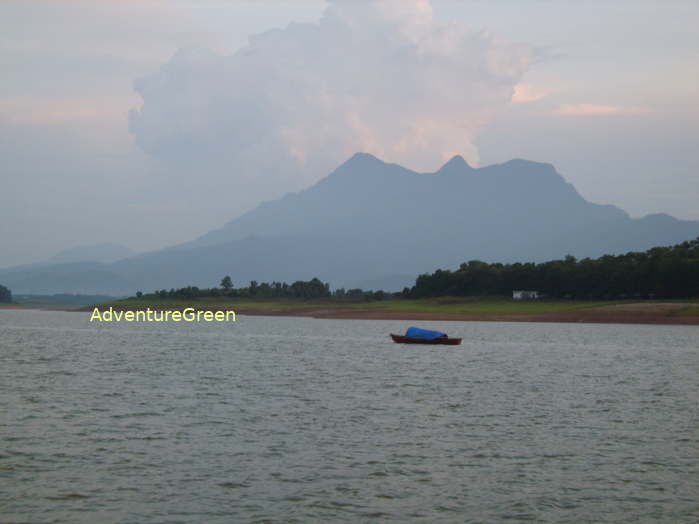
It is also good to mention that Ha Tay since the very beginning of the history of Vietnam has been an important area with quite distinct traditions, and with history and people having quite some influence into the Vietnamese history.
It is definitely worth maintaining an independent travel guide to Ha Tay. Besides, it is more convenient for our team in addressing and locating the places. If you find it confusing you can replace the word Ha Tay for Hanoi and you get the currently official names of places.
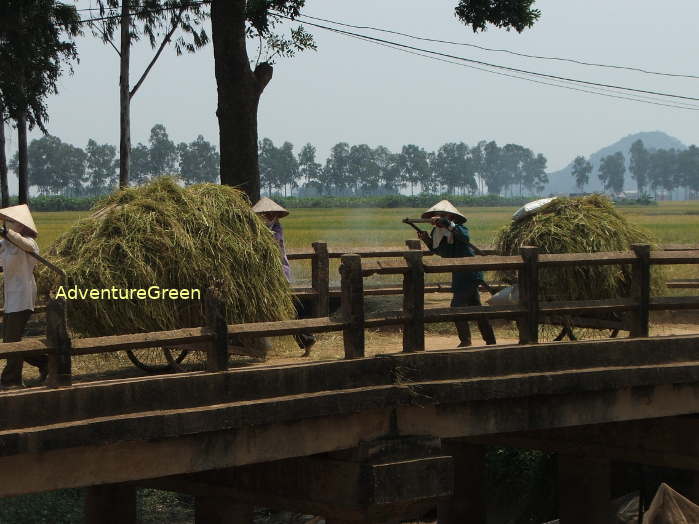
Geography
Ha Tay Province had its territory stretches in the area between the Da River to the west and the Red River to the east, Ha Nam Province to the south. Hanoi was a piece land on the east of Ha Tay then. The capital of Ha Tay then was Ha Dong Town, 18km southwest of the Hoan Kiem Lake in Hanoi.

Havesting rice in Ha Tay Province
Weather and Climate
The weather and climate of Ha Tay is the same as that of Hanoi with four seasons:
+ Late January through April: Spring, pleasant temperatures, some light drizzles, some days with moist air;
+ May – July : summer, humid, hot, torrential short-lived rain, possible typhoons in June and July;
+ August- October: autumn, lovely temperatures and weather mostly, possible typhoons;
+ November – January: winter, cold and dry mostly, windy;

What to see, Tourist Attractions
Ha Tay was famous for its ancient villages and its century-old Buddhist pagodas. The area of Ha Tay is still home to several ancient handicraft villages.
Old Pagodas in former Ha Tay include: the Perfume Pagoda, Tay Phuong Pagoda, Thay Pagoda, Tram Gian Pagoda. Besides, there are ancient villages of Van Phuc, Duong Lam and Chuong… The Ba Vi National Park is a great place to get lost amid sublime nature which can be day-tripped from Hanoi. Visiting all these site would take you 2-3 full days from Hanoi.

1/ Perfume Pagoda
The pagoda started its history in 1467 when King Le Thanh Tong was on a patrol in the mountains and stopped for lunch at a valley. When the servants were cooking lunch, the king consulted astrology and found the area was in the control of the Thien Tru Star (Planet) which was overseeing Food and Changes. Then the king called it Thien Tru Tu (Thien Tru Pagoda). A pagoda was started here then.

And there were three successive chief monks who took care of the worshiping at the pagoda. During this time they also found a cave on the mountain top which was built into a shrine called the Inner Pagoda. The Thien Tru Pagoda at the base of the mountain was also called the Outer Pagoda.
Due to political turmoil in the kingdom that the pagoda was deserted for quite some time until a retired mandarin adopted a monk-hood life and took care of the pagoda from the 17th century (1686). From then the pagoda underwent massive expansion and got support from mandarins, monks, and Trinh Lords.
But during the French time, the Perfume Pagoda was burned down, bombed and destroyed three times: 1947, 1948 and 1950. After the destruction, what remains of the past is the 17th century terra cotta stupa in the garden.
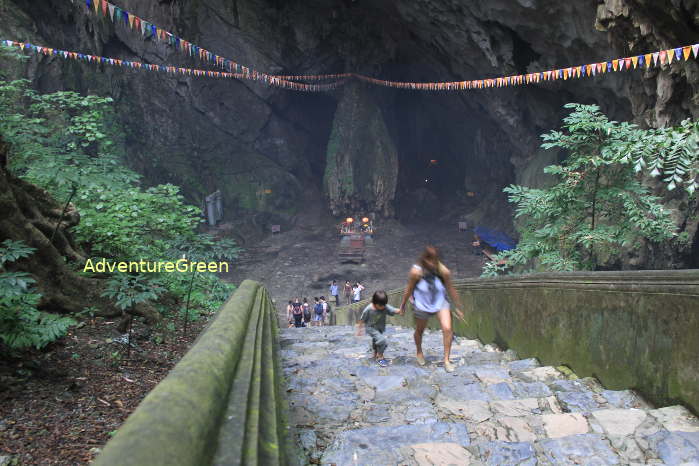
The current structures and buildings at the Perfume Pagoda were re-constructed in 1951, 1989 and 1991.
The Perfume Pagoda is 60km southwest of Hanoi which takes a full day to visit from the capital city. Visiting the pagoda you have to take a rowing boat trip for 45 minutes and then hike for 1.5 hours to the mountain top. There are several pagodas and caves to visit from the mountain base to the top.
For more adventurous travelers you can go on trekking tours in the forest around the Perfume Pagoda for a couple of days.
2/ Thay Pagoda

The Thay Pagoda, Ha Tay, Vietnam
3/ Tay Phuong Pagoda
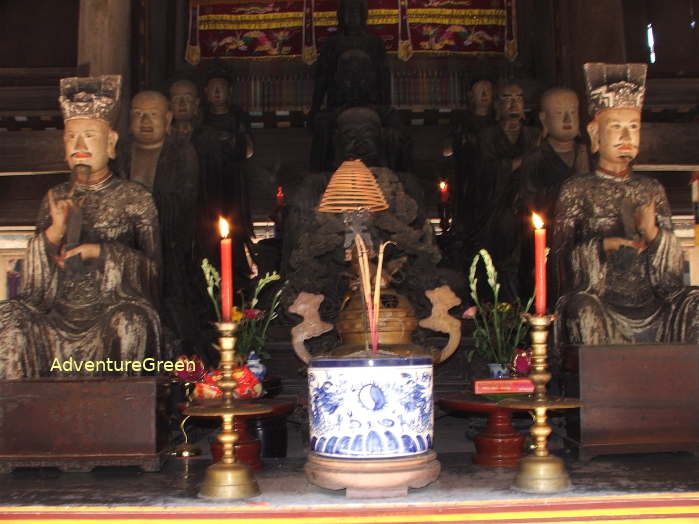
4/ Tram Gian Pagoda

Tram Gian Pagoda
5/ Van Phuc Silk Village
6/ Chuong Connical Hat Village
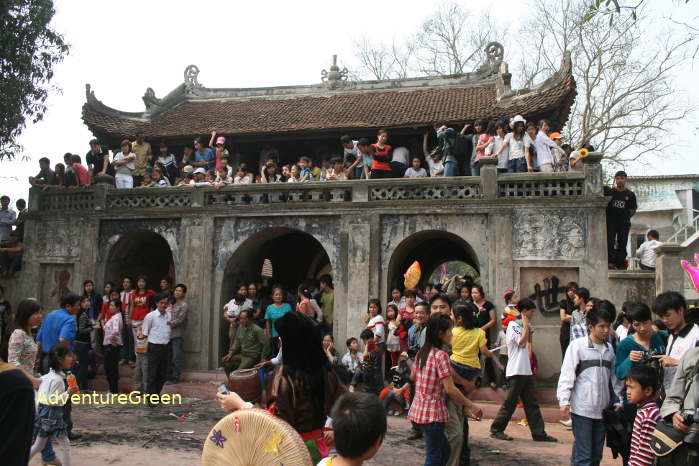
7/ Duong Lam Ancient Village

Duong Lam Village, Ha Tay Province
8/ Son Tay Ancient Citadel
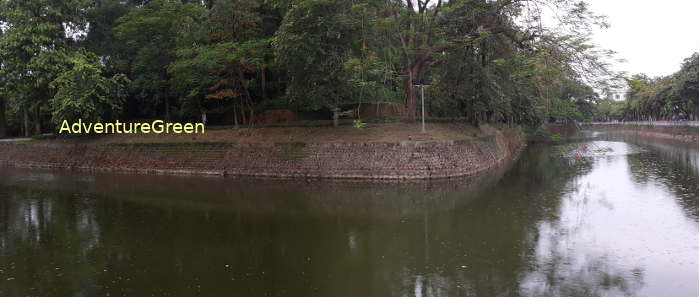
9/ Ba Vi National Park

Adventure Travel, Things to do
AdventureGreen.com offers cultural tours, leisurely back-road bicycle tours, motorbike adventure tours, nature tours, hiking tours to Ha Tay Province from Hanoi.
1/ Day trips to the Perfume Pagoda from Hanoi

2/ Day tours (with hiking in the forest) to the Ba Vi National Park from Hanoi
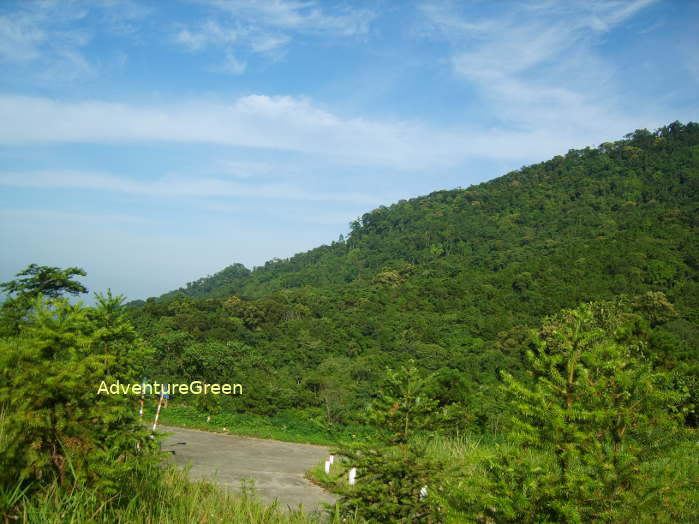
3/ Day tours to the Thay Pagoda, Tay Phuong Pagoda, Tram Gian Pagoda and the Van Phuc Silk Village

Tay Phuong Pagoda
4/ Half-a-Day tours to Duyen Thai Lacquer Ware Village, Van Phuc Silk Village
5/ Day Tour to Duong Lam Ancient Village and Son Tay Ancient Citadel
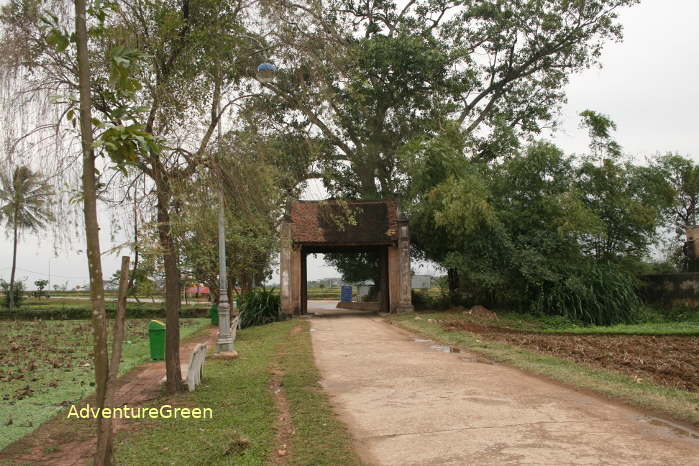
Accommodation, Where to Stay
There is a wide range of hotels, ecological lodges and homestays in the area of former Ha Tay Province.
How to get there
The road system between cities/towns in the former Ha Tay Province and Hanoi as well as neighboring provinces are in excellent conditions. Besides there are transports by railways and sky-trains which make it just much easier than before.
Son Tay Average Monthly Rainfalls and Temperatures





































